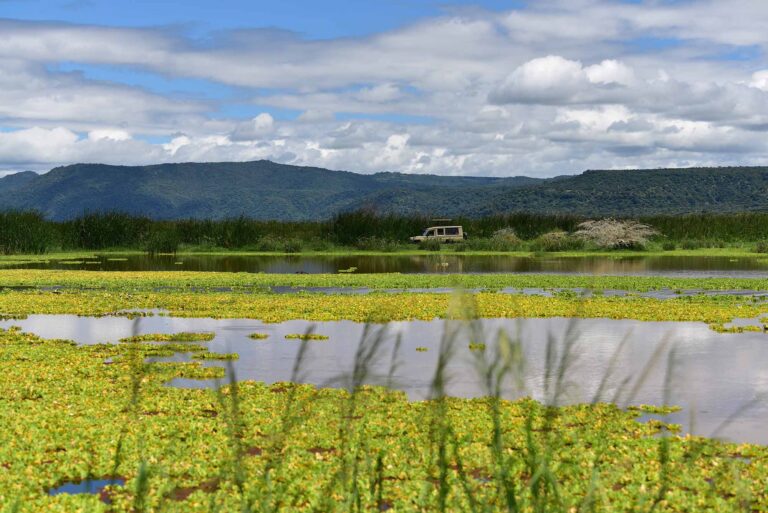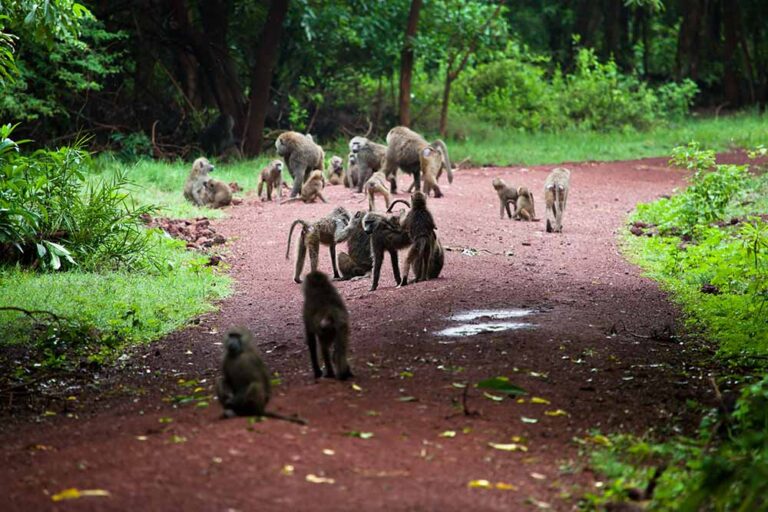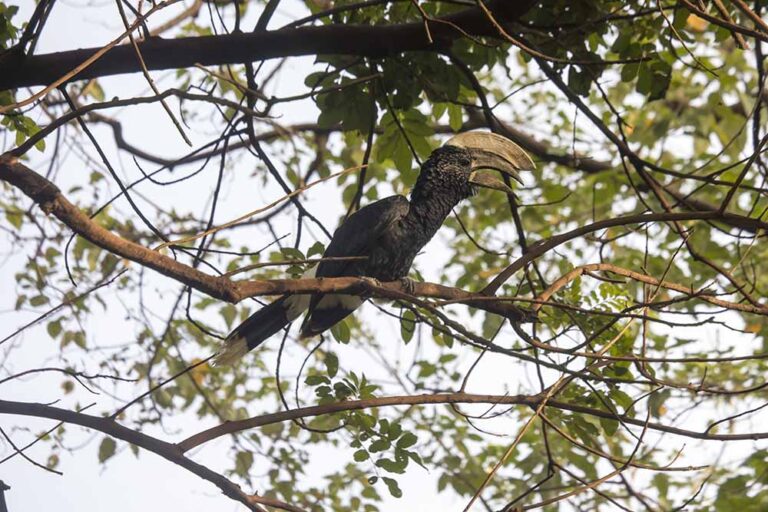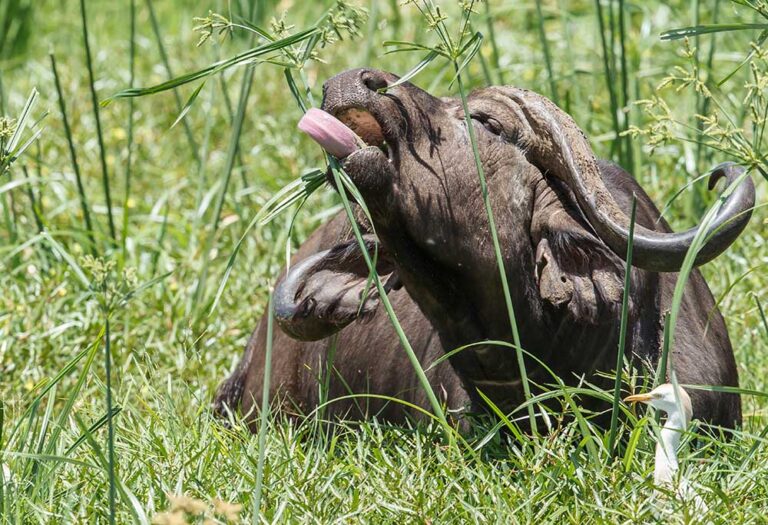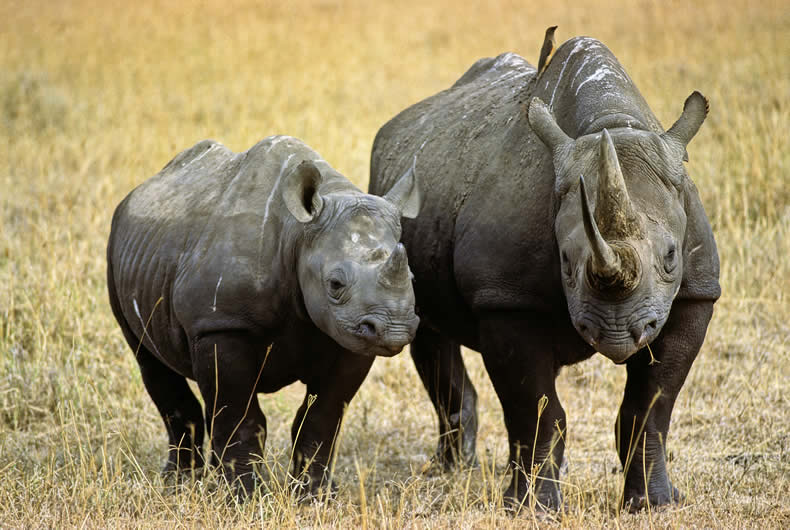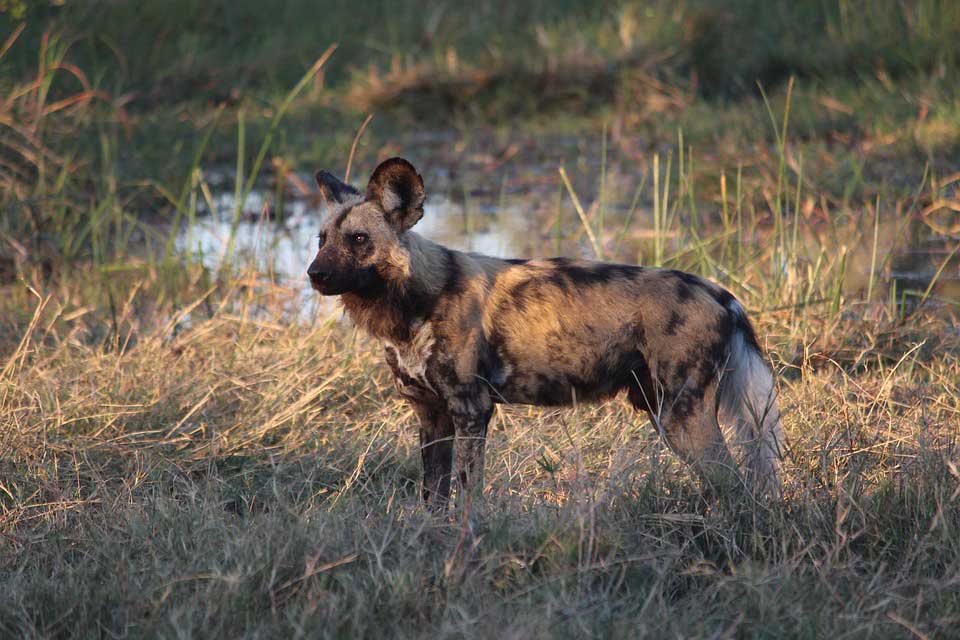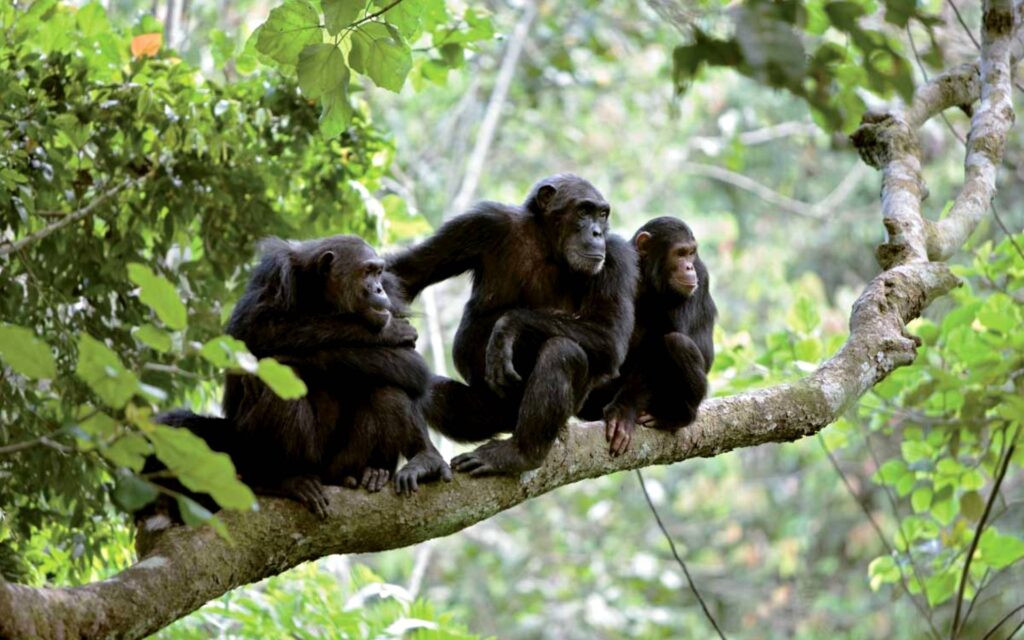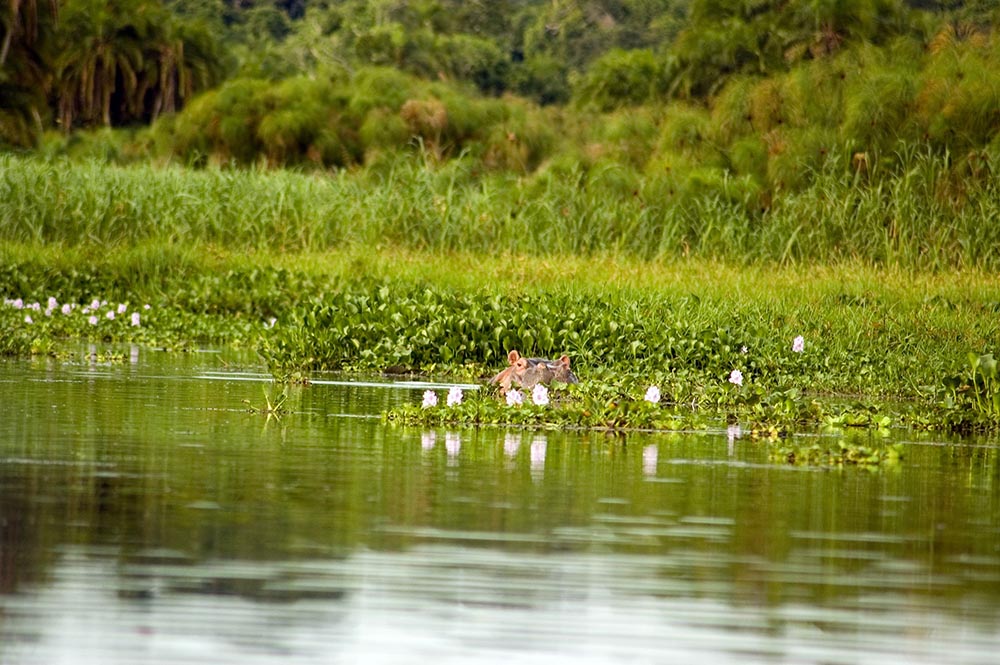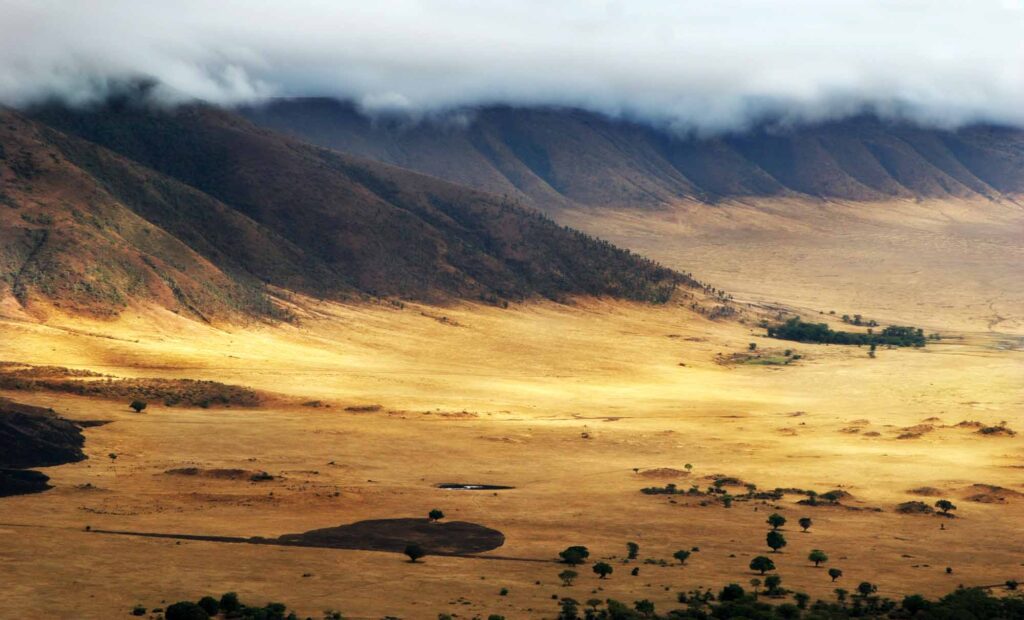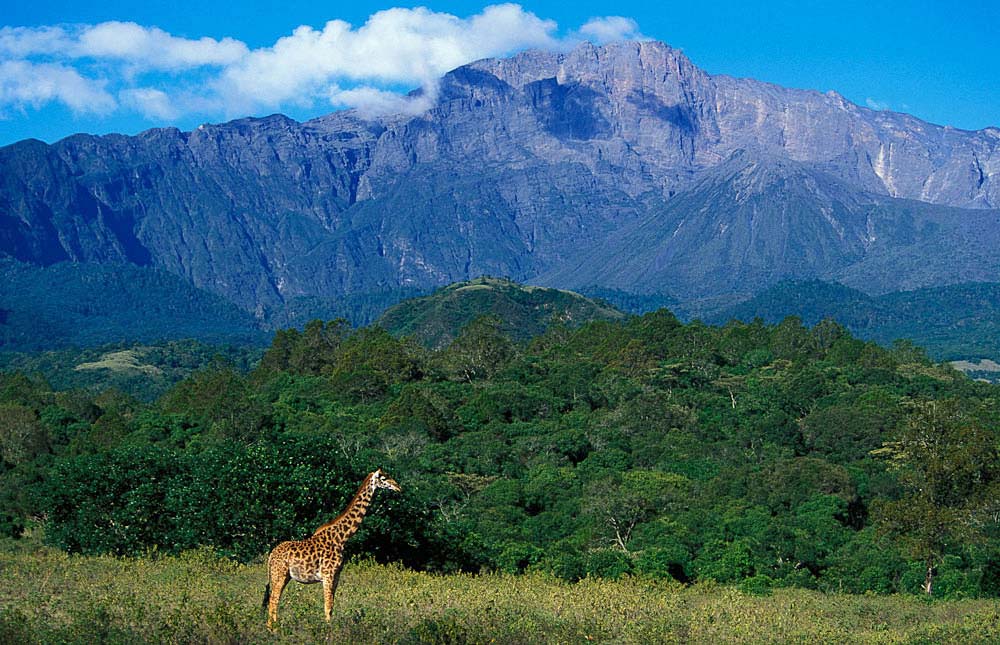Lake Manyara National Park
Overview
Nestled at the base of the dramatic Great Rift Valley escarpment, Lake Manyara National Park is a compact but incredibly diverse gem in northern Tanzania’s safari circuit. Although it covers only 330 square kilometers—much of it occupied by the lake itself—it offers an astonishing range of habitats that support an equally impressive variety of wildlife. From lush groundwater forests and open grasslands to the alkaline shores of Lake Manyara, this park packs a wealth of biodiversity into a relatively small area, making it an ideal day-trip destination from Arusha, Moshi, or Karatu.
Lake Manyara is most famous for its tree-climbing lions, a rare behavior seen in only a few places across Africa. It also boasts large troops of baboons, which are among the biggest ever recorded, and frequent sightings of elephants, giraffes, hippos, buffaloes, and wildebeest. The lake itself attracts thousands of flamingos, pelicans, and other water birds, making it a birdwatcher’s paradise. With its combination of scenic beauty, rich wildlife, and easy accessibility, Lake Manyara offers a rewarding introduction to Tanzania’s natural wonders. Whether you’re beginning your safari or adding a stop along the way, this park offers a vibrant snapshot of East African wilderness.
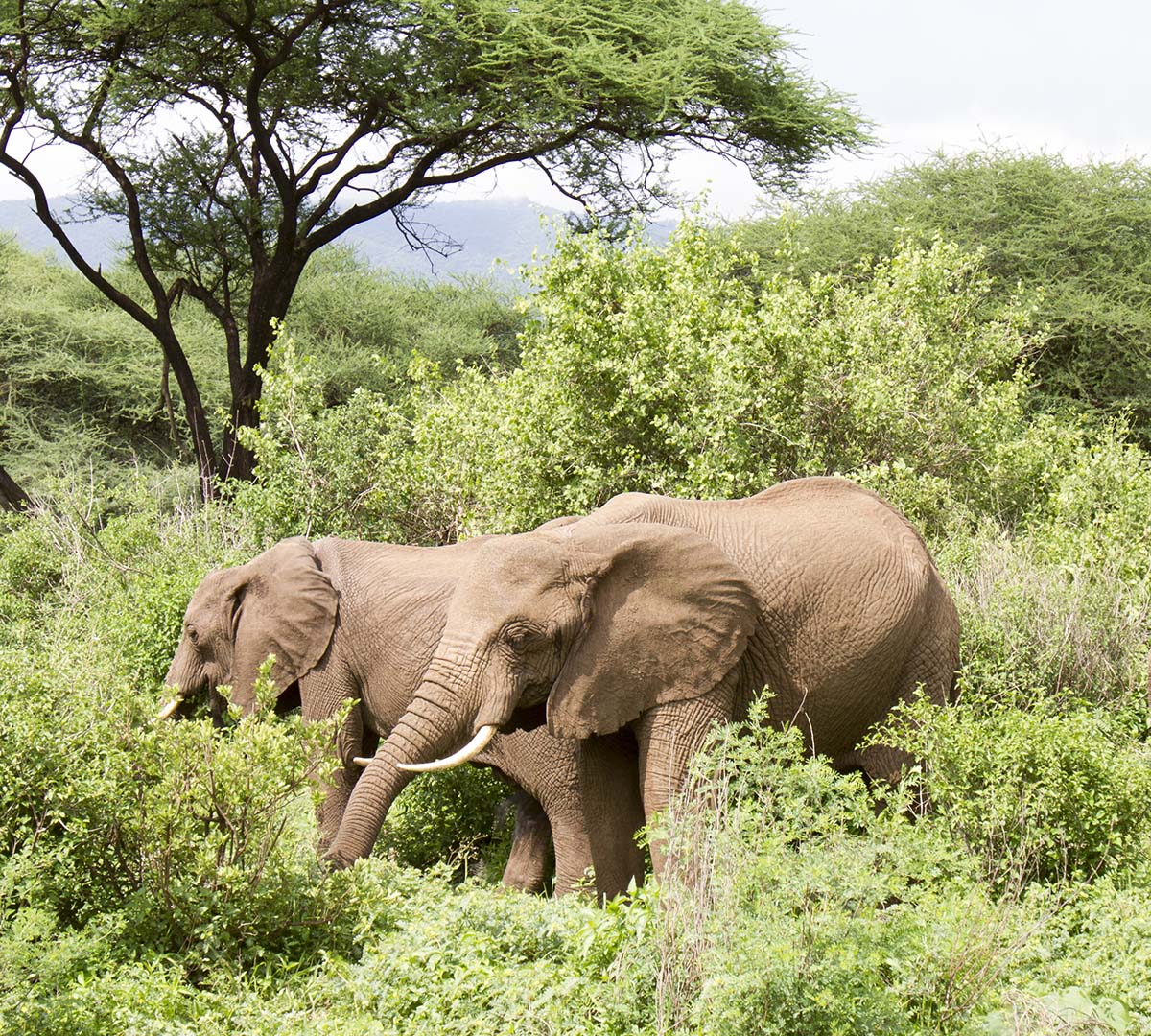
Park Highlights
Tree-climbing lions: Lake Manyara is one of the few places in Africa where lions are known to climb and rest in trees.
Groundwater forest: A lush and shady oasis, home to blue monkeys, baboons, and a wide variety of birdlife.
Lake Manyara: A shallow soda lake that attracts large flocks of flamingos, pelicans, and other aquatic birds.
Elephant encounters: The park is home to healthy populations of elephants, often seen browsing in the forest and along the lake shore.
Scenic views: The backdrop of the Rift Valley escarpment creates dramatic landscapes and excellent photo opportunities.
Activities in Lake Manyara
- Game drives: Explore a range of habitats in a 4x4 vehicle, with chances to see elephants, lions, giraffes, buffaloes, and more.
- Birdwatching: With over 400 species of birds, the park is especially rewarding for bird lovers and photographers.
- Canoeing (seasonal): When water levels permit, guided canoe trips on Lake Manyara offer a peaceful way to view hippos and waterbirds.
- Cultural visits: Nearby Mto wa Mbu village offers a great cultural extension with markets, food tasting, and artisan workshops.
- Walking safaris: In designated areas outside the core zone, short guided walks provide a closer look at flora and smaller wildlife.
Best Time to Visit
The park can be visited year-round, but the experience varies slightly depending on the season:
June to October (Dry Season): Wildlife is easier to spot as animals gather near the lake and river areas. Roads are dry, and the weather is generally sunny and pleasant.
November to May (Green Season): Lush landscapes, fewer crowds, and exceptional birdwatching make this season attractive. Flamingos are more abundant during this time.
Note: While the rainy season (especially March to May) can affect road conditions, it also enhances the park’s lush beauty and brings out more vibrant birdlife.


